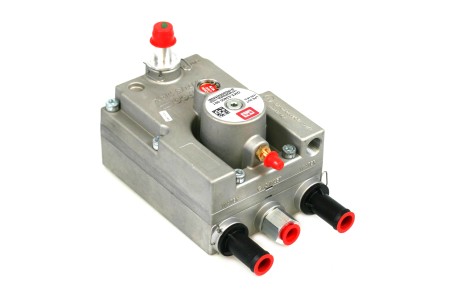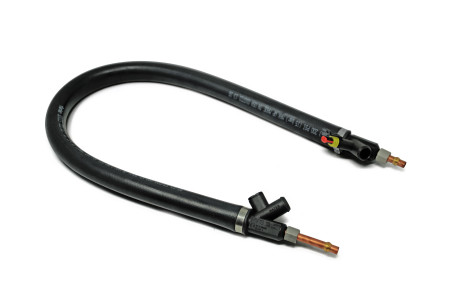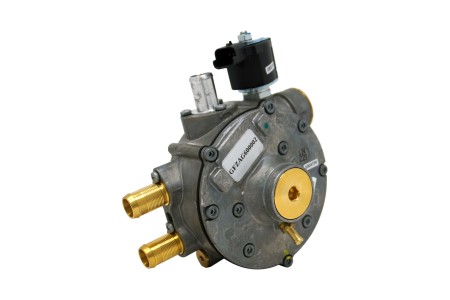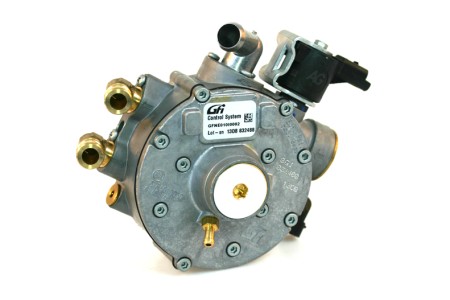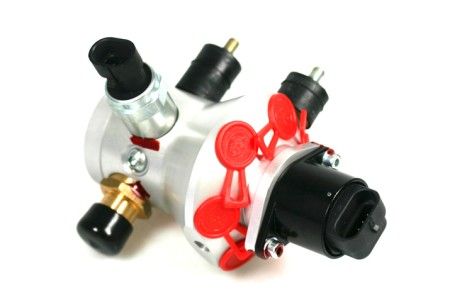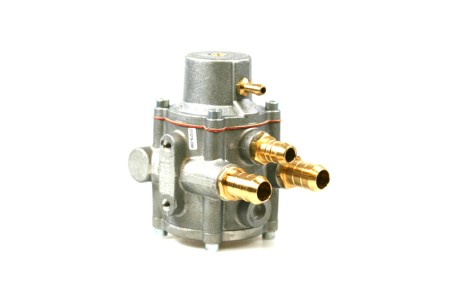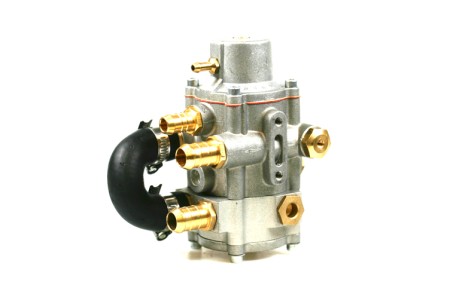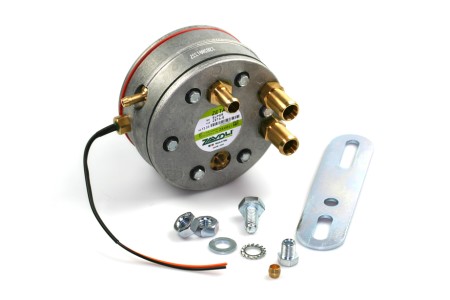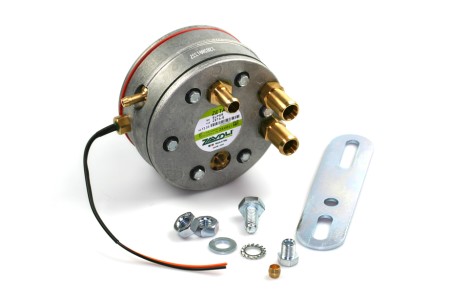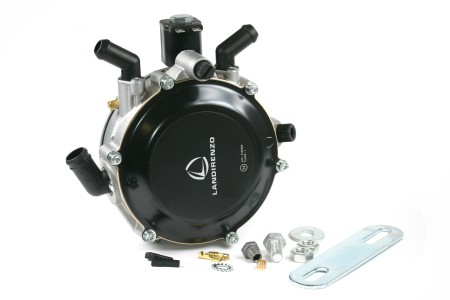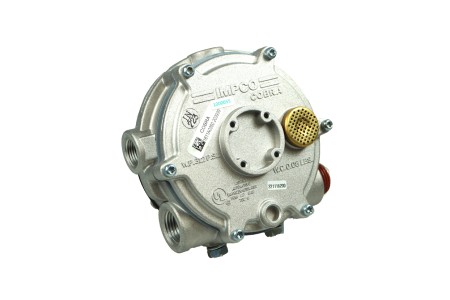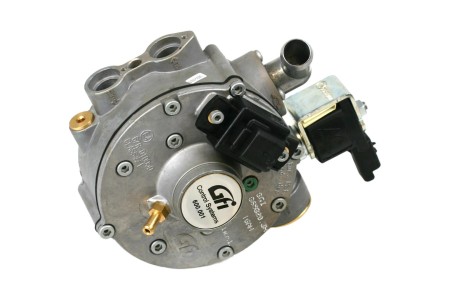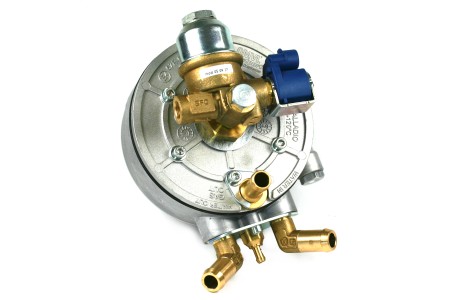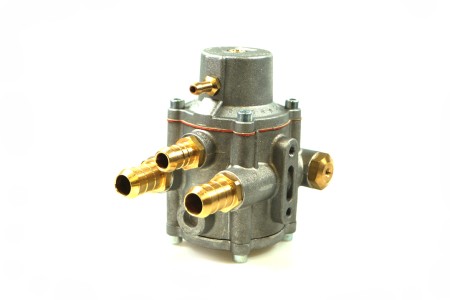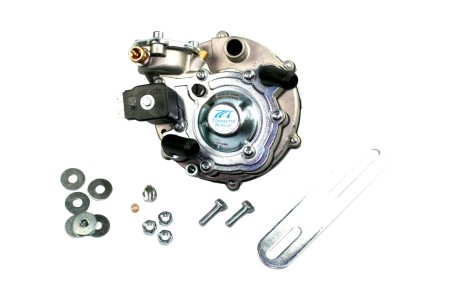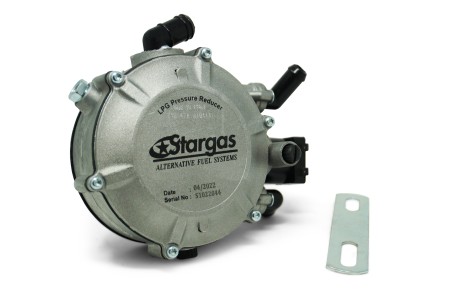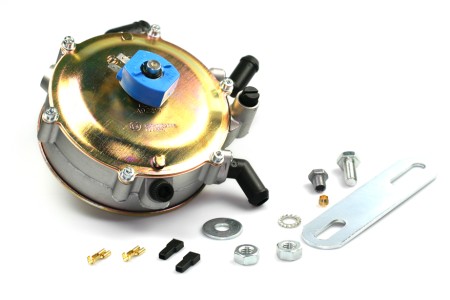LPG reducer for LPG systems
LPG vaporizers for LPG workshops and specialist dealers: Here you can buy LPG vaporizers as a trader. With us, you get everything from a single source: a large product range, effective logistics, plus service and training if required. Over 3000 companies worldwide trust us. So that you have the best offers for your LPG customers. More about our range of LPG vaporizers.
LPG vaporizers - how they work, symptoms and repair
How does the LPG vaporizer work?
A vaporizer is one of the most important components of an LPG autogas system. Its task is to transfer the cold LPG gas from the tank from the liquid phase to the gas form and at the same time to reduce the pressure from approx. 10 bar to 1-2 bar working pressure. The LPG autogas vaporizer is also known as a pressure reducer and is necessary to reduce the pressure and feed the LPG safely to the engine via the LPG injectors.
To carry out this process, it requires energy in the form of heat, which is provided by the waste heat via the engine coolant. The LPG vaporizer can therefore also be seen as a heat exchanger .
As a rule, vaporizers in an LPG gas system have a two-chamber system, which is separated by a rubber membrane. The LPG vaporizer is connected to the vehicle's cooling water circuit in order to bring the vaporizer up to temperature using the warm cooling water. Liquid LPG flows through the second chamber, which is heated, vaporized and converted into the gas phase. The vaporizer requires a certain working pressure, which can be set on most vaporizers using a regulating screw.
The most important thing to know about the vaporizer is that it must be completely sealed at all times and should not have any leaks. Otherwise, the necessary working pressure cannot be maintained. If the Gunmi membrane leaks, the LPG fuel could mix with the cooling water and, in the worst case, this could lead to engine damage.
Vaporizers for gas systems usually have a KW specification that is based on the engine power of the vehicle to be converted. The KW specification of the LPG vaporizer should be understood as an upper limit in order to be able to guarantee permanent and safe operation of the vehicle.
The most common LPG vaporizers include Prins vaporizers, BRC vaporizers, KME, Landi Renzo, Zavoli, Lovato, Tartarini and others.
High-quality evaporators from Prins, BRC, Landi Renzo and other manufacturers can be repaired cost-effectively with repair kits. The repair should always be carried out by a specialist.
Symptoms of a defective LPG vaporizer
A defective vaporizer often has various causes, including poor gas quality, which leads to the vaporizer sticking, incorrect installation or a defective rubber membrane.
As the vaporizer must maintain a constant operating pressure for safe operation, problems such as contamination/stickiness or leaks mean that the LPG vaporizer can no longer maintain a constant working pressure. Depending on the problem, the pressure of the vaporizer rises or falls, causing the gas system to switch off and the vehicle to switch back to petrol operation. Switching back to gasoline operation is controlled by the gas control unit.
A special feature of Prins gas systems is that in the event of problems with the vaporizer, a 10-minute lockout is activated when switching back to petrol mode, which ensures that the vehicle can no longer be switched back to gas mode by the driver. If the 10-minute lockout has expired and you try to switch the vehicle back to gas operation, but the vaporizer pressure is still too high or too low, the same error message is activated again and the 10-minute lockout comes into effect again. This makes it very easy to diagnose problems with the evaporator in Prins gas systems remotely.
Prins evaporators of the first generation, which were equipped with two diaphragms, often had the problem that the gas entered the coolant circuit if the evaporator was defective. This was very dangerous for the engine, as gas entered the coolant circuit at a pressure of approx. 10 bar, which operates at approx. 2 bar. When troubleshooting why the pressure in the coolant circuit had risen, in most cases it was not apparent that the evaporator was the cause of the problem. As a result, the cylinder head gasket was replaced at great expense without having eliminated the cause.
With newer generations of Prins evaporators with a modified design, these problems no longer occur.
If a defective evaporator is suspected, the cap of the expansion tank can be opened to check whether there is a smell of gas.
Sticking of the vaporizer due to poor gas quality
Inferior gas quality can lead to deposits in the LPG vaporizer, which in turn can cause it to stick. A clogged vaporizer can no longer be regulated and can no longer maintain a constant pressure. As a result, the LPG gas system switches back to gasoline operation.
In any case, the vaporizer must be checked by a specialist to ensure that it is working properly. Either the vaporizer must be replaced or the inner workings can be completely overhauled using a repair kit.
Vaporizer problems due to installation errors
Incorrect installation of the LPG vaporizer is a common cause of problems with the LPG autogas system. It must be properly integrated into the cooling circuit so that it reaches a sufficiently high temperature (approx. 70 - 90 degrees Celsius or higher) to be able to convert the liquid LPG into the low-pressure gas phase. If the vaporizer is not installed correctly, it cannot reach the necessary temperature and this will result, for example, in the vaporizer pressure being too high, causing the gas control unit to switch the system back to petrol mode.


